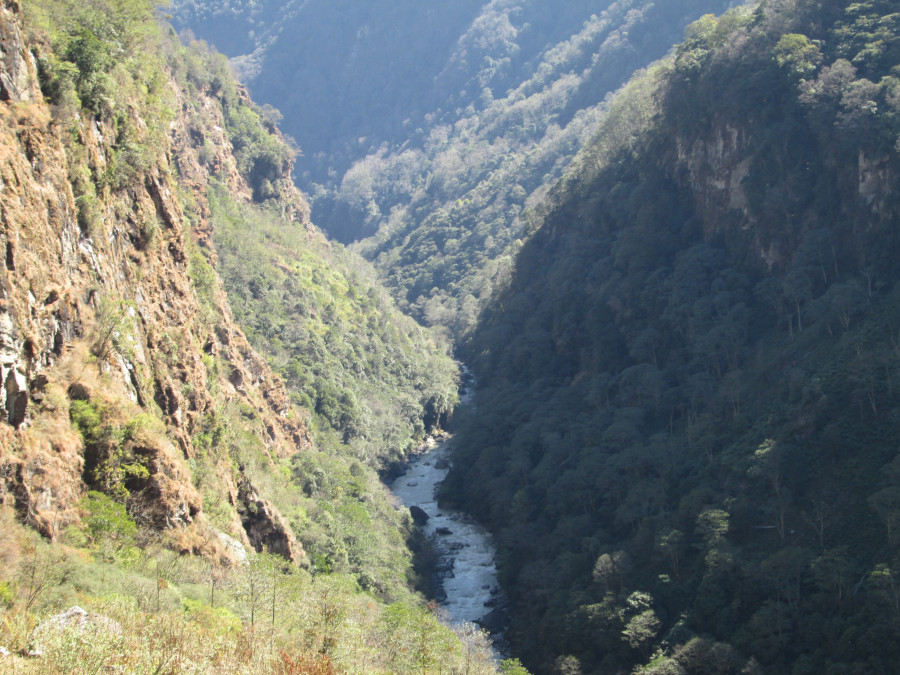Money
Generation survey for the construction of the Upper Arun Hydroelectric Project to be done
The 1,061-megawatt scheme is located in Sankhuwasabha district in eastern Nepal.
Prahlad Rijal
The company, a subsidiary of the Nepal Electricity Authority, received a two-year survey licence for the 1,061-megawatt scheme located 15 kilometres south of the Nepal-China border in Sankhuwasabha district in eastern Nepal.
The installed capacity of the proposed project was upgraded from the original 335 megawatts to 1,061 megawatts, making it the largest scheme in the state-owned power utility’s basket.
Eight months ago, the Ministry of Energy, Water Resources and Irrigation had decided to build the Upper Arun scheme under a company model with an equity investment from the general public through the government’s People’s Hydroelectricity Programme.
The potential construction site was first identified by the Master Plan Study of Koshi River Water Resources Development by the Japan International Cooperation Agency in 1985.
Since then, the Nepal Electricity Authority has reviewed the feasibility study multiple times and has confirmed it as a priority project, considering the low cost of generation, availability of a great deal of energy, and potential to contribute greatly to the national grid.
According to Kulman Ghising, managing director of the Nepal Electricity Authority, the project will be built with 70 percent debt and 30 percent equity financing.
The World Bank, European Investment Bank, Citizens Investment Trust and Employees Provident Fund are the lenders while 49 percent of the stock will be sold to the general public.
"The power utility is working to complete the preparatory tasks and has targeted to begin construction within a year," said Ghising.
The Detailed Engineering Design and Environmental and Social Study began in February 2018 with a $20 million loan from the World Bank under the Power Sector Reform and Sustainable Hydropower Development Project.
According to the power utility, the detailed design and tender documents for procurement are expected to be ready within February 2020 with the project’s target completion date set for December 2026.
The total cost of the project including interest expenses on international and domestic debt is estimated to be $1.4 billion.
As per the draft final design, a copy of which was obtained by the Post, the peaking run-of-the-river scheme with a gated weir and pond with a catchment area of 30,400 square kilometres in the Arun River basin can churn out an average of 4,478 gigawatt hours of electricity annually.
The scheme is expected to operate at 28 percent capacity during the dry season. The powerhouse will have six turbines, each generating 176.8 megawatts.
According to the Nepal Electricity Authority, the project’s social impact is little to none as the proposed construction site is in the highlands with thin human settlement and minimal agricultural land.
The project plans to build a 22-kilometre access road with a bridge and a 2-kilometre tunnel to the project site.
According to project chief Ramchandra Poudel, a detailed report for road construction has been completed, and the project office is undertaking tasks related to prequalification and short listing prospective construction contractors.
The project plans to evacuate the energy generated by Upper Arun through a 40-kilometer-long 400 kV transmission line to the proposed substation at Shital Pati in Khandbari.




 16.12°C Kathmandu
16.12°C Kathmandu













%20(1).jpg&w=300&height=200)
